Understanding Bathroom Reconstruction Basics
Defining Bathroom Reconstruction
Bathroom reconstruction is more than just a cosmetic update; it’s a comprehensive process that involves reimagining, redesigning, and rebuilding a bathroom space to enhance its functionality, aesthetics, and comfort. When undertaken properly, bathroom reconstruction can lead to significant improvements in quality of life and property value. This process can include everything from replacing fixtures and tiles to a complete layout overhaul. It is essential to understand the scope of reconstruction and how it differs from mere renovation, which typically focuses on superficial changes rather than a complete overhaul.
Key Steps in the Reconstruction Process
The bathroom reconstruction journey can be broken down into several crucial steps:
- Consultation and Design: Engage with designers or contractors to discuss your vision and budget.
- Planning and Permits: Obtain necessary permits and finalize designs that comply with local regulations.
- Demolition: Carefully remove existing fixtures, cabinetry, and tiles, preparing for new installations.
- Plumbing and Electrical Work: Relocate plumbing and electrical wiring as needed to accommodate new layouts and fixtures.
- Installation: Install new tiles, fixtures, cabinetry, and any customized additions.
- Finishing Touches: Apply paint, decorate, and finalize all details to create a cohesive look.
Common Bathroom Reconstruction Mistakes to Avoid
Numerous pitfalls can occur during bathroom reconstruction that may lead to additional costs or dissatisfaction with the final product. Here are some common mistakes to avoid:
- Underestimating Costs: Many homeowners fail to budget correctly for materials, labor, and unexpected expenses.
- Poor Planning: Rushing through design decisions can lead to regret; take time to consider your options.
- Ignoring Functionality: Prioritize practical features like storage, lighting, and accessibility before aesthetics.
- Neglecting to Consider the Future: Trends evolve, so think about long-term value over short-term stylic choices.
- Forgetting About Ventilation: Proper ventilation is crucial not only for comfort but also to prevent moisture issues.
Planning Your Bathroom Reconstruction
Setting a Realistic Budget
A well-thought-out budget is the cornerstone of any successful bathroom reconstruction project. Analyze your finances and define a maximum budget while allowing for unexpected costs (typically, 10–15% more than your original estimate). Note down all potential elements of expenditure, including:
- Materials and finishes
- Labor costs (contractors, electricians, plumbers)
- Permitting fees
- Disposal fees for old materials
Research incursions to identify the best value for your money while ensuring quality craftsmanship. Establishing a budget early helps streamline the project and limit the strain on finances.
Choosing the Right Design Style
The design of your bathroom should reflect personal taste while complementing the rest of your home. Some popular styles include:
- Modern: Characterized by sleek lines, minimalistic designs, and a neutral color palette.
- Traditional: Incorporates classic elements like wainscoting, intricate moldings, and vintage fixtures.
- Contemporary: A fusion of styles with a focus on current trends, mixes soft curves with bold angles.
- Rustic: Features natural materials, earthy colors, and a cozy, comfortable feel.
Look for inspiration in design magazines, online platforms, and through professional decorators. Align your design choices with functionality, ensuring that the aesthetics do not impede usability.
Permits and Regulations You Need to Know
Before you commence with your reconstruction project, it’s vital to confirm that you are compliant with municipal laws and regulations. Building codes may dictate:
- Plumbing standards
- Electrical installations
- Ventilation requirements
- Accessibility guidelines
In many regions, permits may be required for structural changes or electrical and plumbing installations. Consulting with your local building authority or hiring a contractor familiar with regulations can save time and legal headaches.
Choosing Materials for Your Bathroom Reconstruction
Durable and Stylish Tile Options
Selecting the right tile can elevate the aesthetic of your bathroom while providing durability and ease of maintenance. When considering tiles for floors and walls, keep these factors in mind:
- Porcelain and Ceramic: Both options are highly durable and water-resistant, making them suitable for wet areas.
- Natural Stone: Offers a stunning, upscale look, though it may require additional maintenance.
- Glazed Tiles: Easier to clean and maintain as they have a protective coating.
- Mosaic Tiles: Great for adding visual interest and can be used in creative patterns or accent pieces.
Water-Resistant Paint and Finishes
Choosing the right paint for your bathroom is crucial to maintaining its appearance over time. Consider these options:
- Moisture-Resistant Paint: Look for paints specifically designed for bathrooms that resist mold and mildew.
- Finishes: Satin or semi-gloss finishes are ideal as they create a barrier against moisture and are easier to clean.
In addition to selecting the right paint, also consider using waterproof finishes for cabinetry and other wood materials to extend their lifespan and prevent warping.
Fixtures and Hardware Selections
Fixtures and hardware play a crucial role in defining the functionality and aesthetic appeal of your bathroom. When selecting fixtures, consider:
- Toilets: Today’s toilets come in various designs, including low-flow options that save water without sacrificing performance.
- Sinks: Choose a sink that complements your design while offering the right balance of style and functionality.
- Shower Systems: Adjustable shower heads and body sprays can enhance your bathing experience.
- Storage Elements: Select cabinets that match your overall style while providing ample space for storage.
Executing Your Bathroom Reconstruction
Working with Contractors vs. DIY
Choosing between you and hiring a professional contractor can be a daunting task. Here are some considerations to help you decide:
- Contractors: They bring expertise, connections for sourcing materials, and can help streamline the project.
- DIY: For those with experience and a strong desire to save costs, DIY can be viable. However, the learning curve can be steep, and mistakes can be expensive.
Evaluate your skill level, project complexity, and available time when making this critical decision.
Timeline for Your Reconstruction Project
A clear timeline is essential for keeping your project on track. The reconstruction schedule can often vary depending on the size of the project, complexity, and any permitting requirements. Some common phases include:
- Initial consultation and planning: 1-2 weeks
- Demolition: 1-3 days
- Plumbing and electrical work: 1-2 weeks
- Installation phase: 1-3 weeks
- Final inspections and finishing touches: 1 week
It’s prudent to allow extra time to accommodate unforeseen challenges that might arise.
Staying on Schedule and Managing Disruptions
Bathroom reconstruction can be disruptive, especially for homes with only one bathroom. Here are strategies to ease the burden:
- Set clear communication lines: Stay in touch with your contractor and schedule updates on progress.
- Plan for alternatives: Consider where you’ll bathe and perform daily hygiene if the project extends longer than anticipated.
- Embrace flexibility: Understand that delays may occur and remain open to adjusting timelines as necessary.
Post-Reconstruction: Maintenance and Upkeep
Maintaining New Fixtures and Tiles
To ensure the longevity of your bathroom reconstruction, ongoing maintenance is key. Here are tips for keeping your new fixtures and materials in top shape:
- Regular Cleaning: Establish a regular cleaning schedule with appropriate products for your tile and fixtures.
- Inspect for Damage: Periodically check for leaks, mold, or other issues that could compromise your renovations.
- Seal Grout Lines: Grout should be sealed every year or so to prevent staining and moisture damage.
Design Tips for a Cohesive Look
After reconstruction, achieving a cohesive design is vital for a polished and inviting atmosphere. Consider these tips for unifying your bathroom décor:
- Color Palette: Stick with a consistent color scheme throughout the space, using complementary shades.
- Consistent Fixtures: Use the same style of hardware and fixtures to create uniformity.
- Texture Balance: Mix different textures—such as wood, metal, and ceramic—to give depth without overwhelming the space.
Ensuring Long-Term Functionality and Comfort
Finally, long-term comfort and functionality are paramount. Focus on the following aspects to maintain a user-friendly environment:
- Adjustable Features: Consider adjustable faucets and shower heads to cater to various needs.
- Smart Technology: Look into smart bathroom features, including automated lighting and temperature control.
- Adaptable Design: Ensure that the layout remains practical as your lifestyles change over time, such as accommodating aging family members.
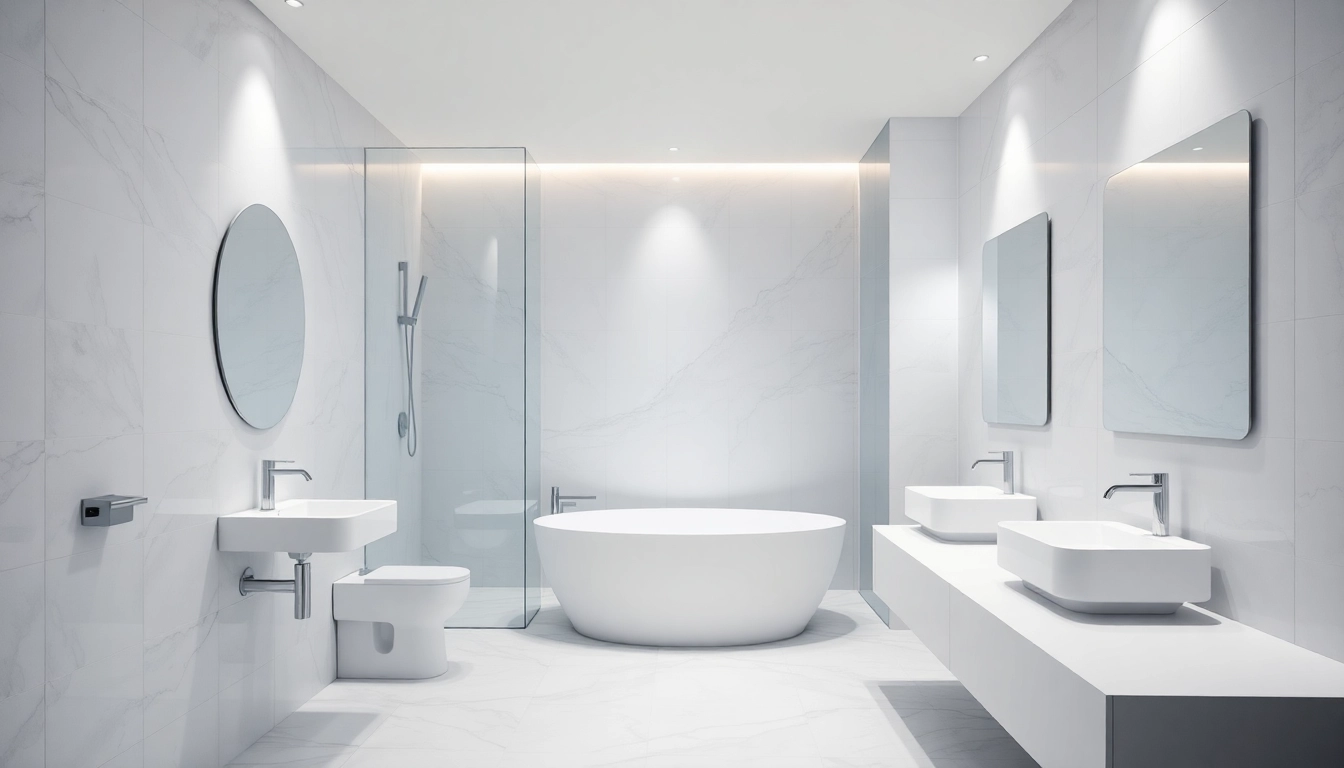

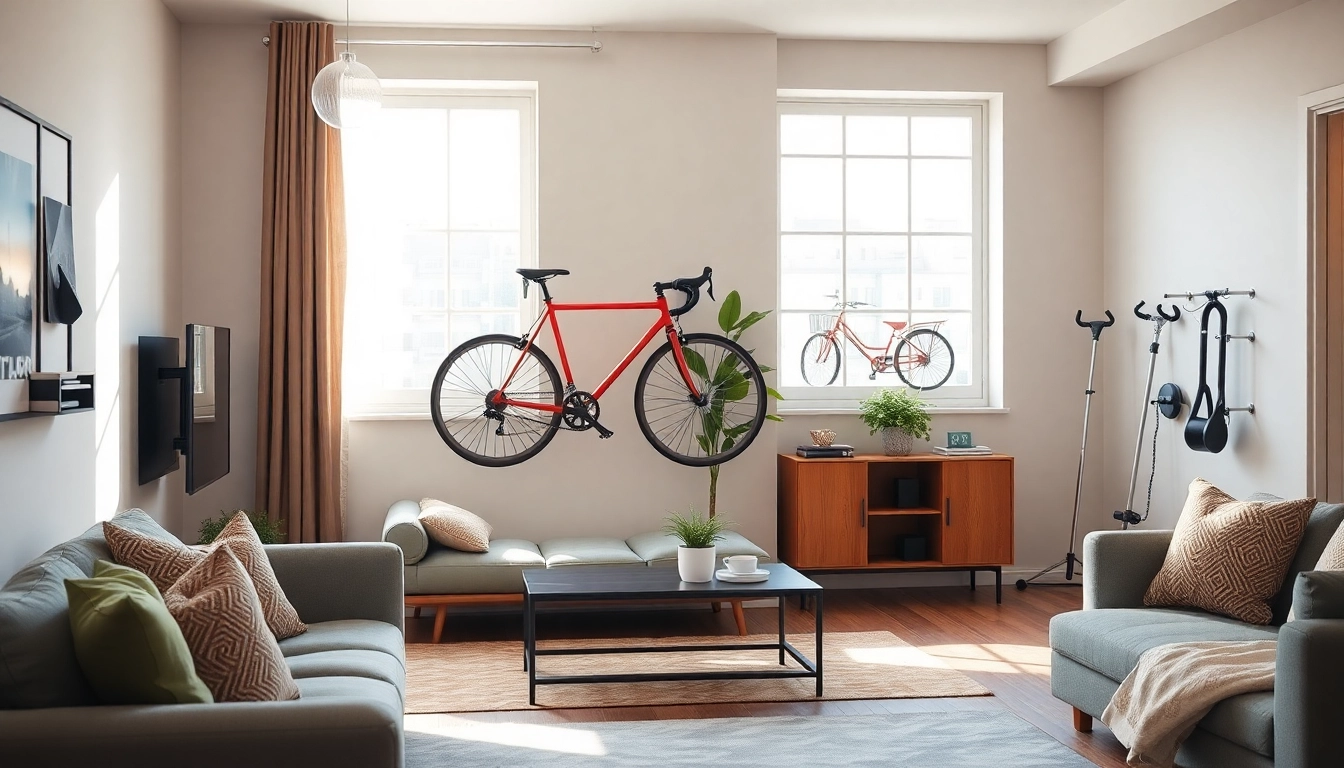

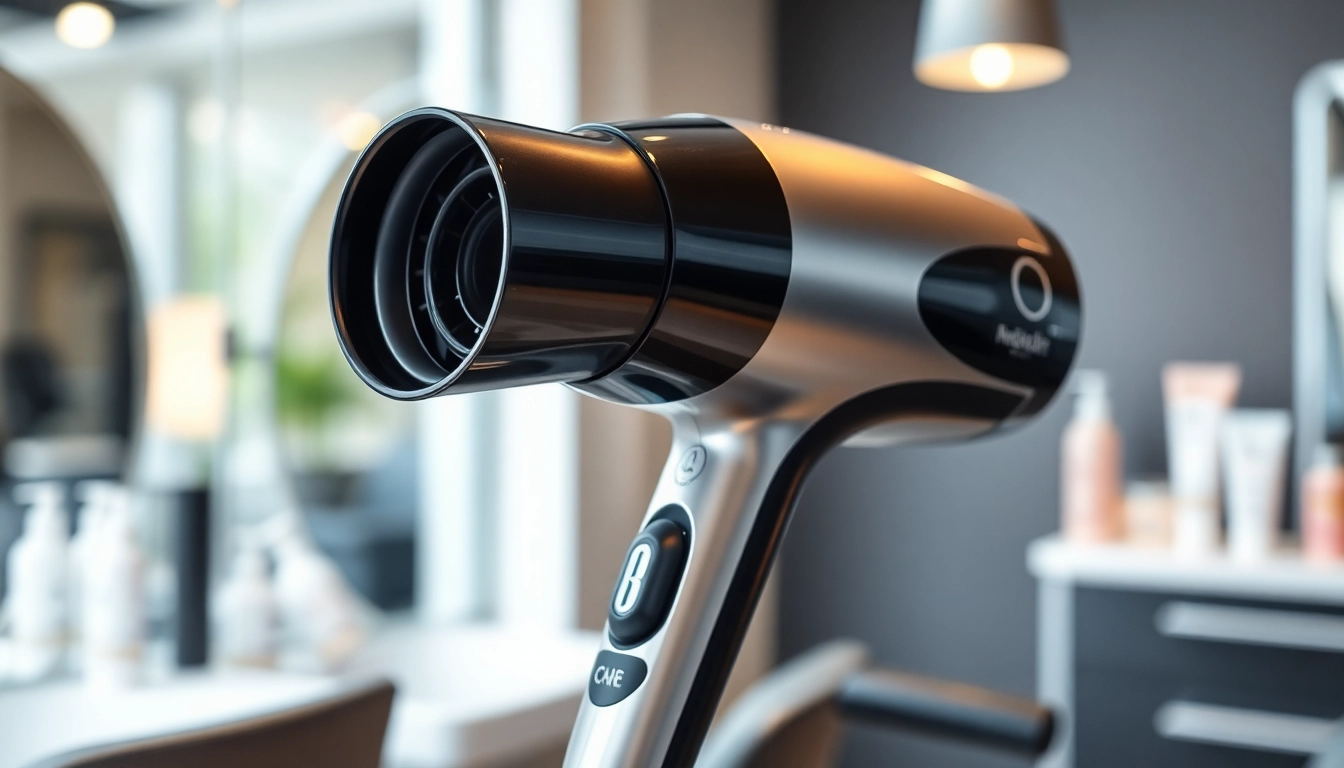
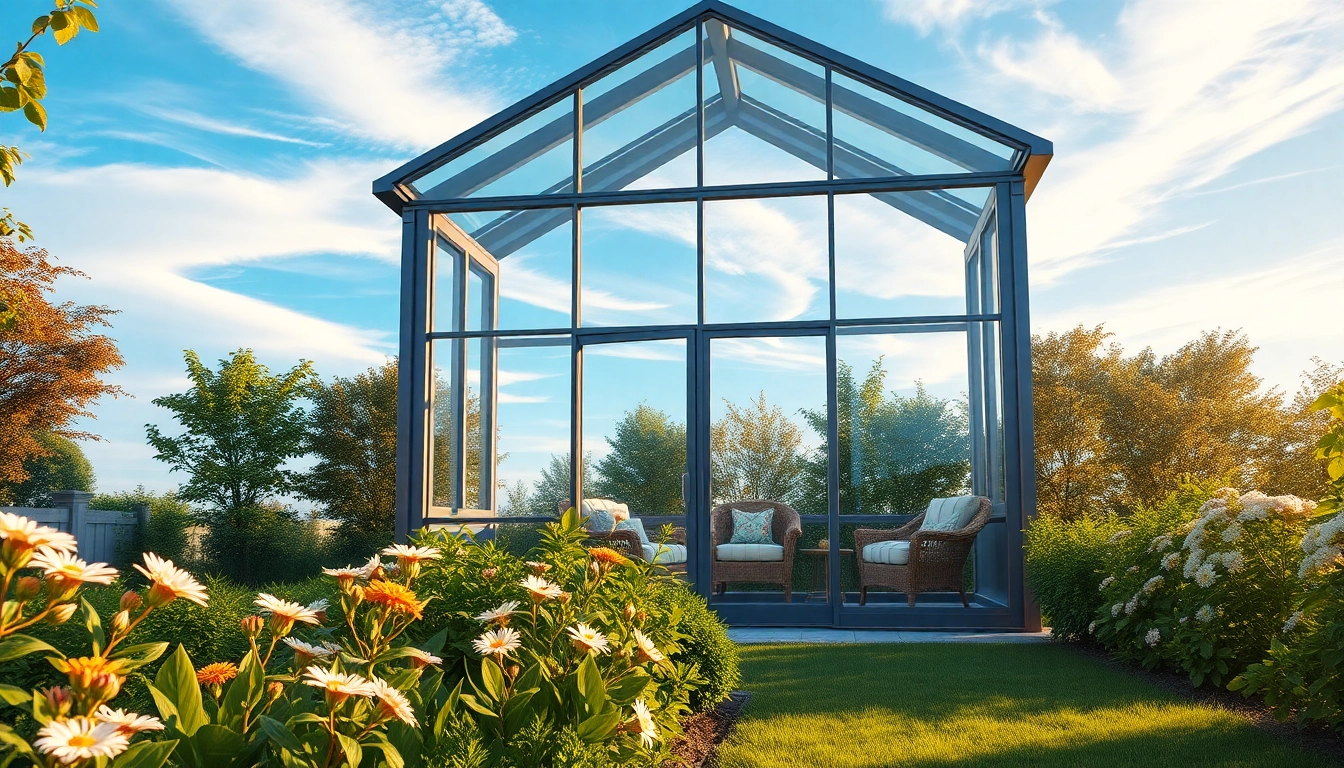
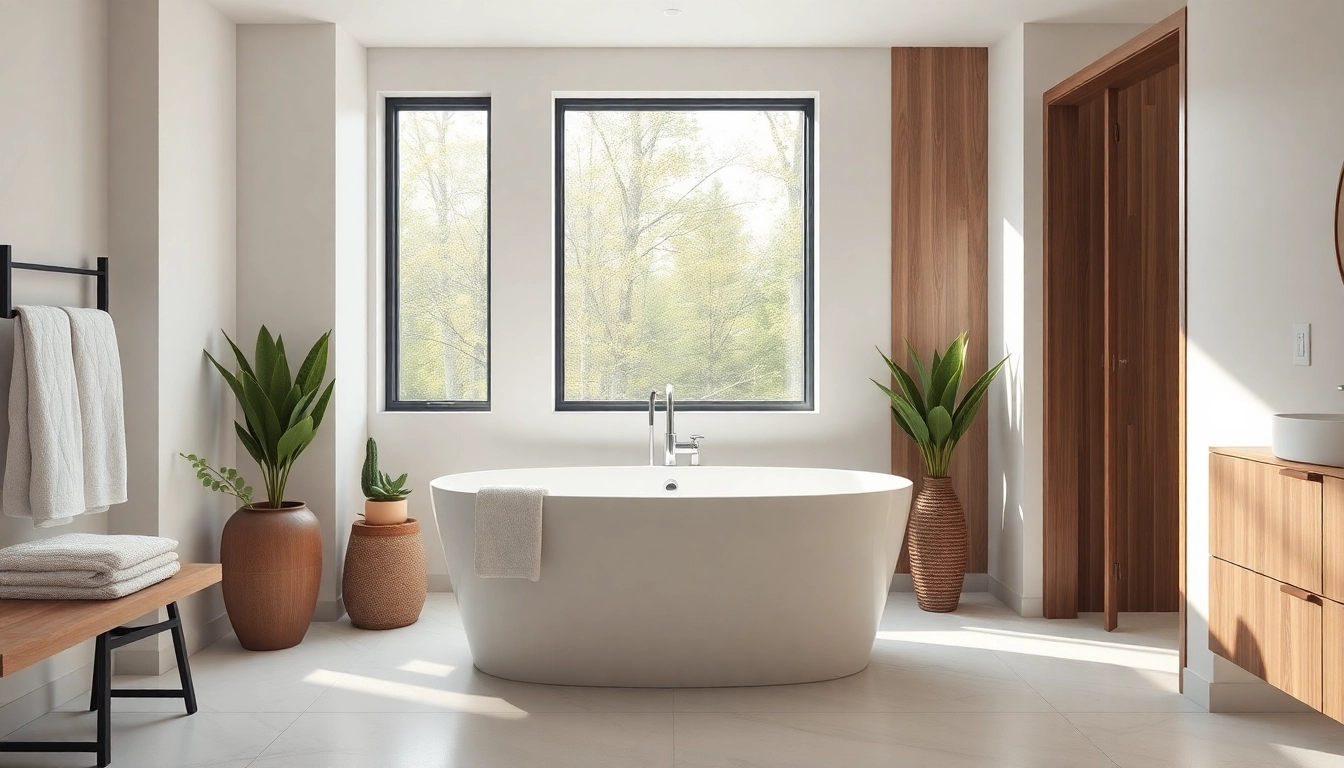

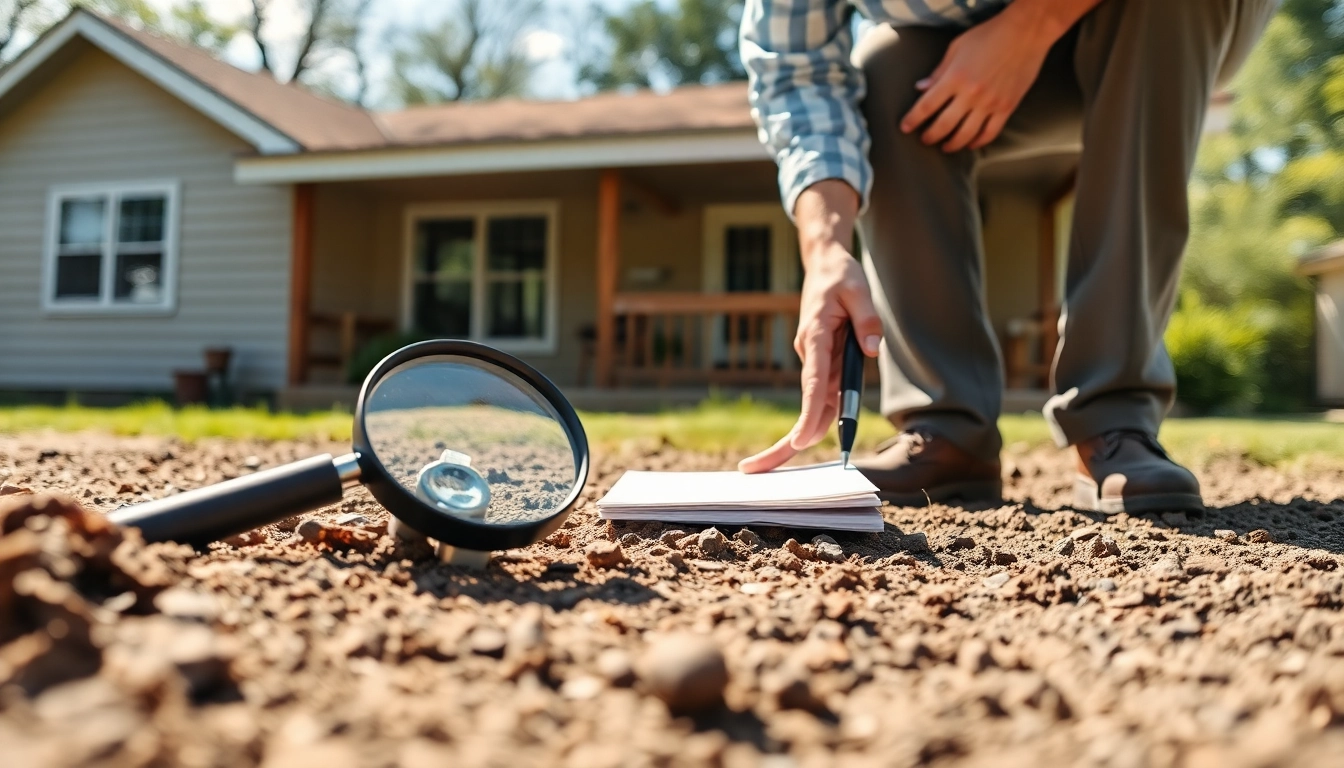
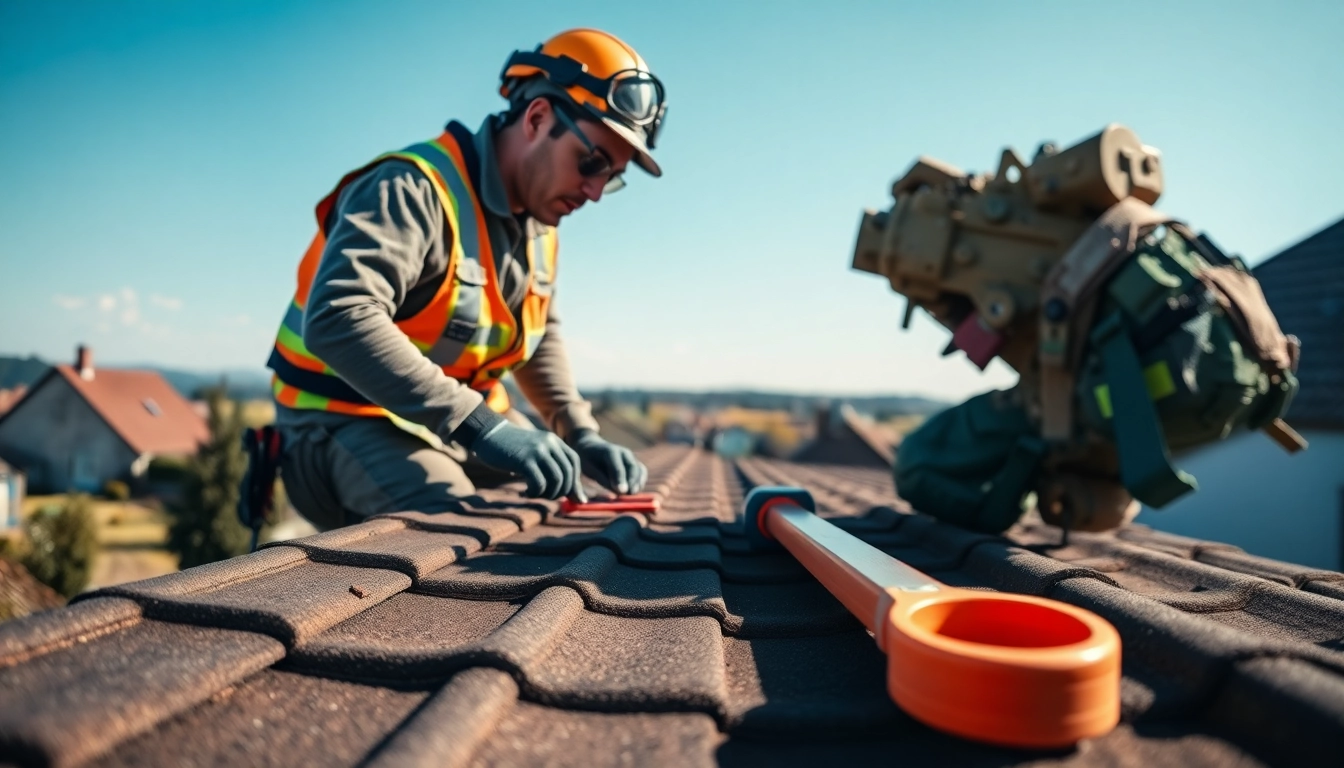





Leave a Reply